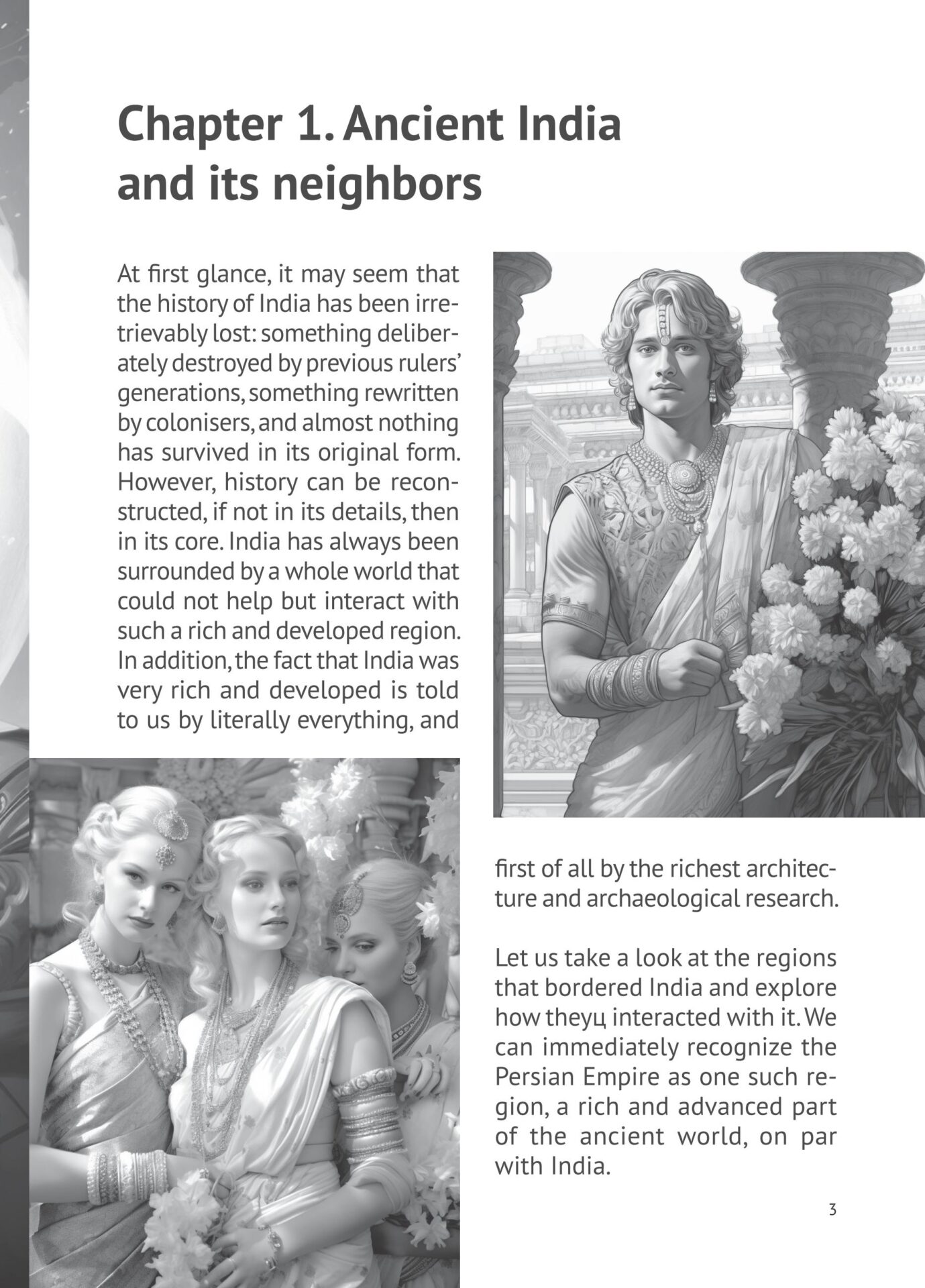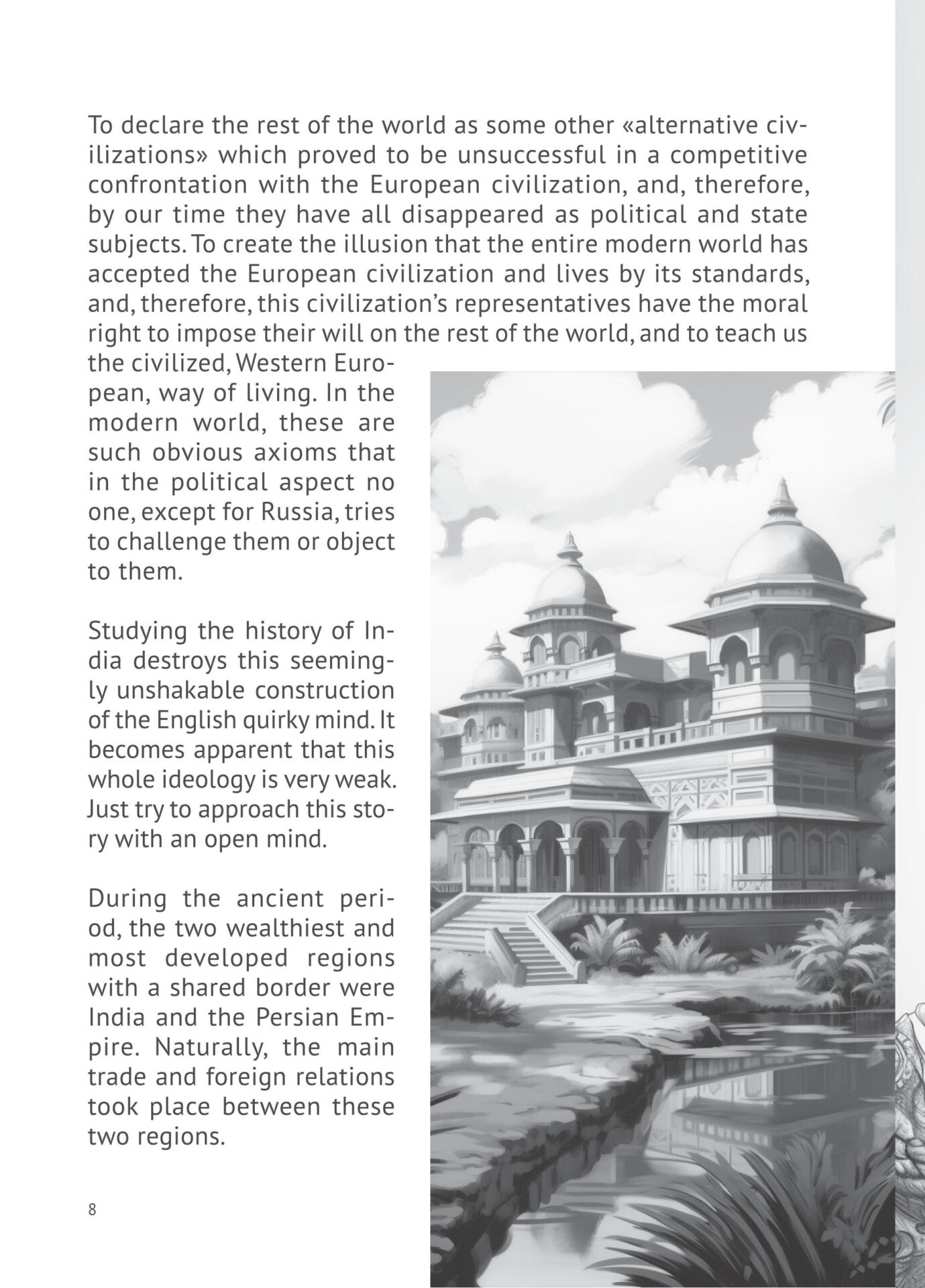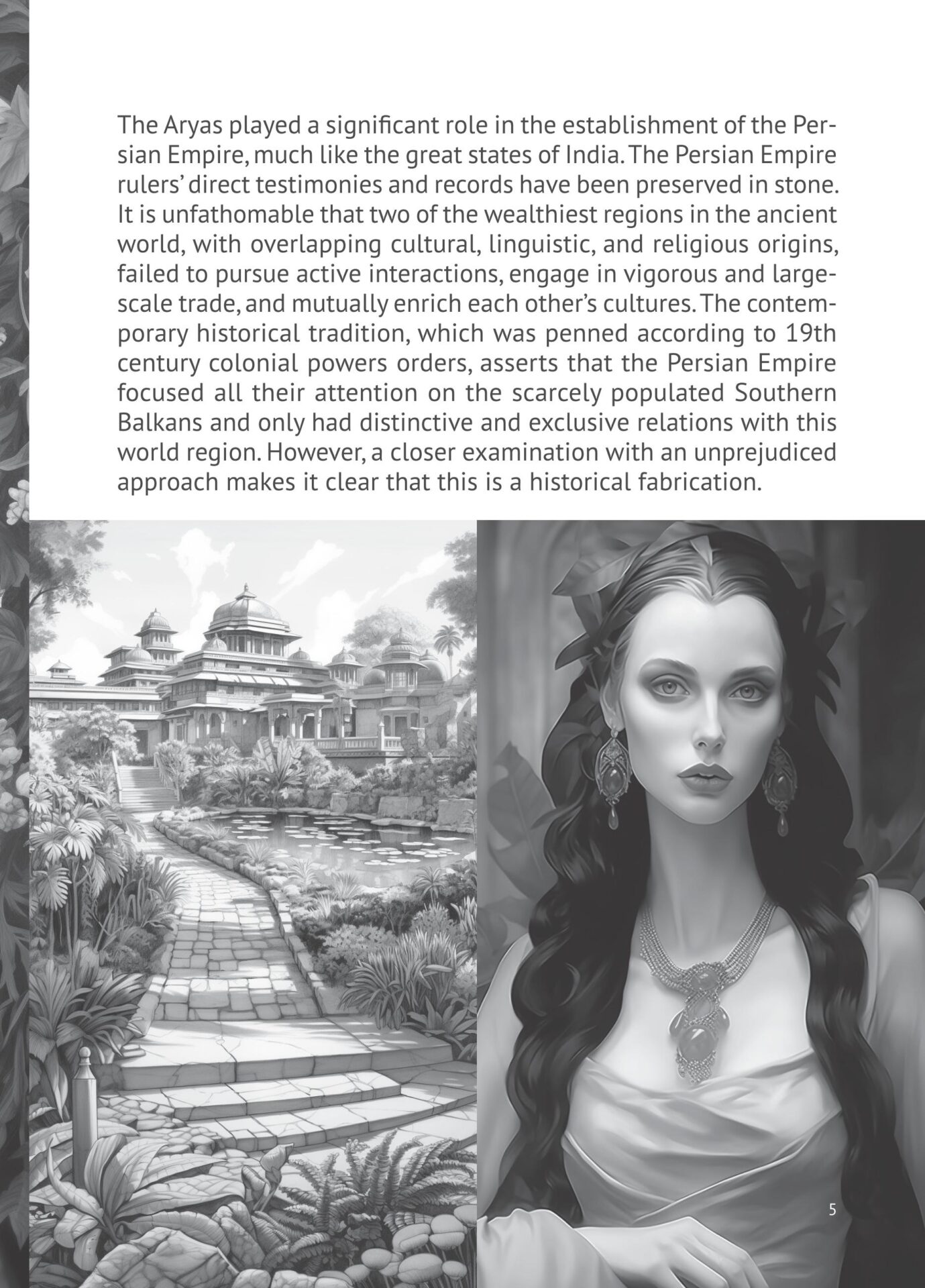In the past, authors of historical works tried to portray history in a way that human civilization emerged in different parts of our planet spontaneously and independently, influenced by some unknown semi-mythical northern pastoral tribes. Nowadays, we understand well that no isolated tribe can be the bearer of a highly developed civilization. Clearly, there must have been an extensive and culturally homogeneous, unified region from which civilization could expand.
The nation, which later brought civilization to the southern regions of the world, had to first form itself over the course of many centuries, and possibly millennia, and become the bearer of the civilizational code.
Such a process is impossible without linguistic, cultural, and national unity across a geographically extensive territory. It is evident that the steppe expanses of the northern part of Eurasia, from the shores of the North Black Sea to the Pacific Ocean (the territory of historical Russia – Scythia), were united into a single entity from ancient times. This unity formed a singular multi-million people, who became bearer of the civilizational code for all of humanity. Only then, already in a formed state, did the carriers of this civilizational code spread to the southern regions of the continent. Initially, coming from the distant cold north, they only established centers of civilization in the most favorable climatic places. Archaeologists find these centers of civilization, which emerged thousands of years ago, in Mesopotamia, Egypt, India, China, in the form of remnants of ancient cities. After multiple repeated civilizational expansions from north to south, the quantity evolved into quality, and in Northern India, a civilization emerged that is commonly referred to in historical circles as Hellas (Ancient Greece). Evidently, the territory from which the civilizational expansion was carried out was initially the territory of historical Russia, and the first people on our planet to form into a unified nation were the Russian people, who in ancient times were known as “Arias” and later received the name “Scythians.”
It is evident that the Arias did not migrate entirely from the territory of historical Russia to India and Persia. It was a phased expansion of the geography of exploring new territories. The initial ancestral land of the Arias is the present-day territory of historical Russia, where the Arias fully formed and have remained in their unchanged form to this day under the name “Russian people.” Over a long period of thousands of years, in the process of their development and exploration of new territories, the Arias included the territory of India in their area of civilizational development. At that time, India had a fairly numerous indigenous population at an early stage of its development. The assimilation of Arias with the original Dravidian population of India, by our time, has formed the rich ethnic diversity of modern India.









